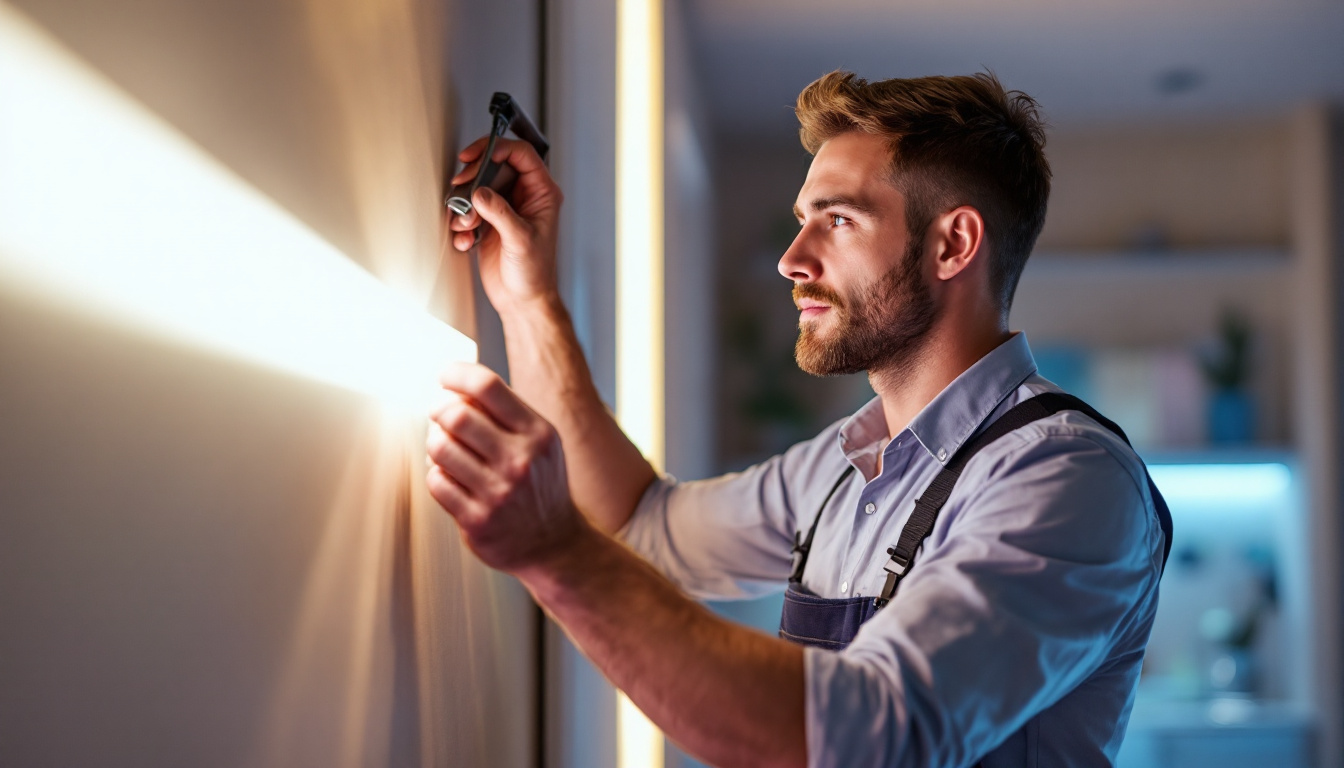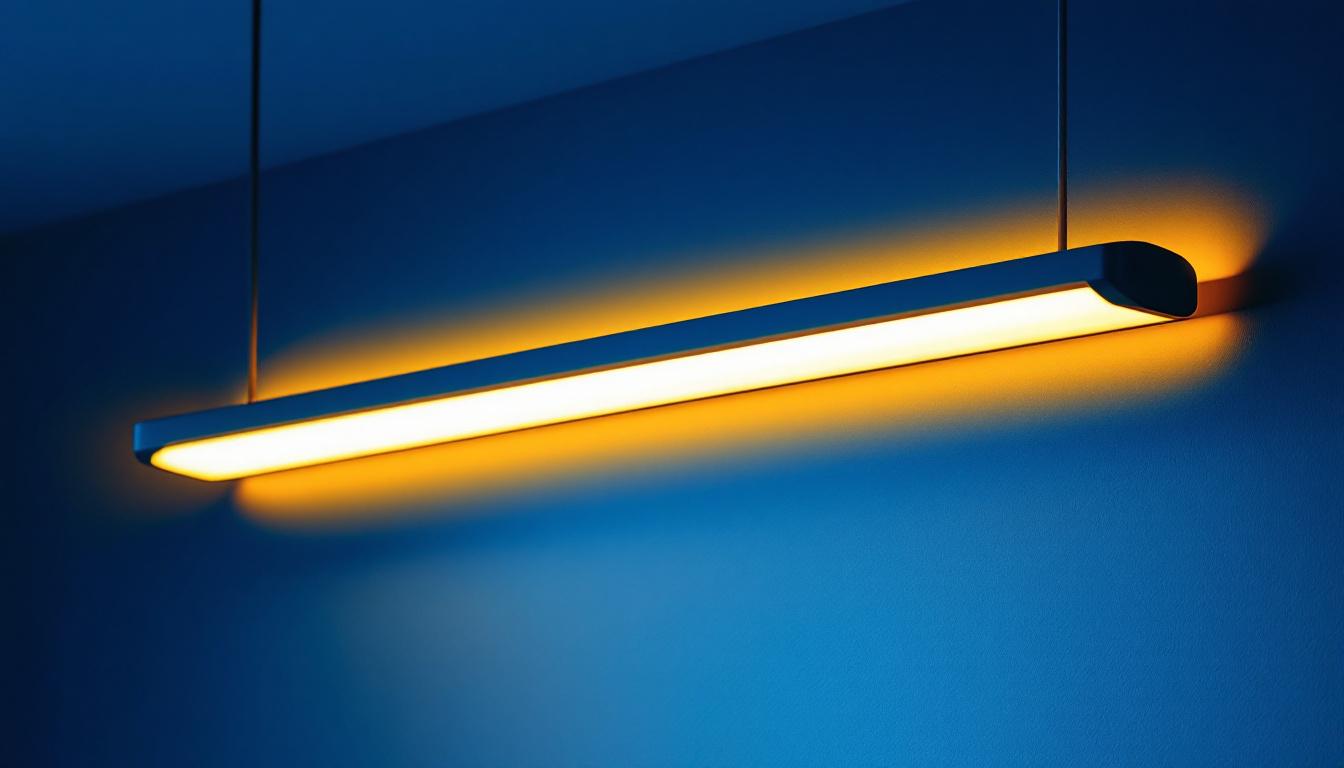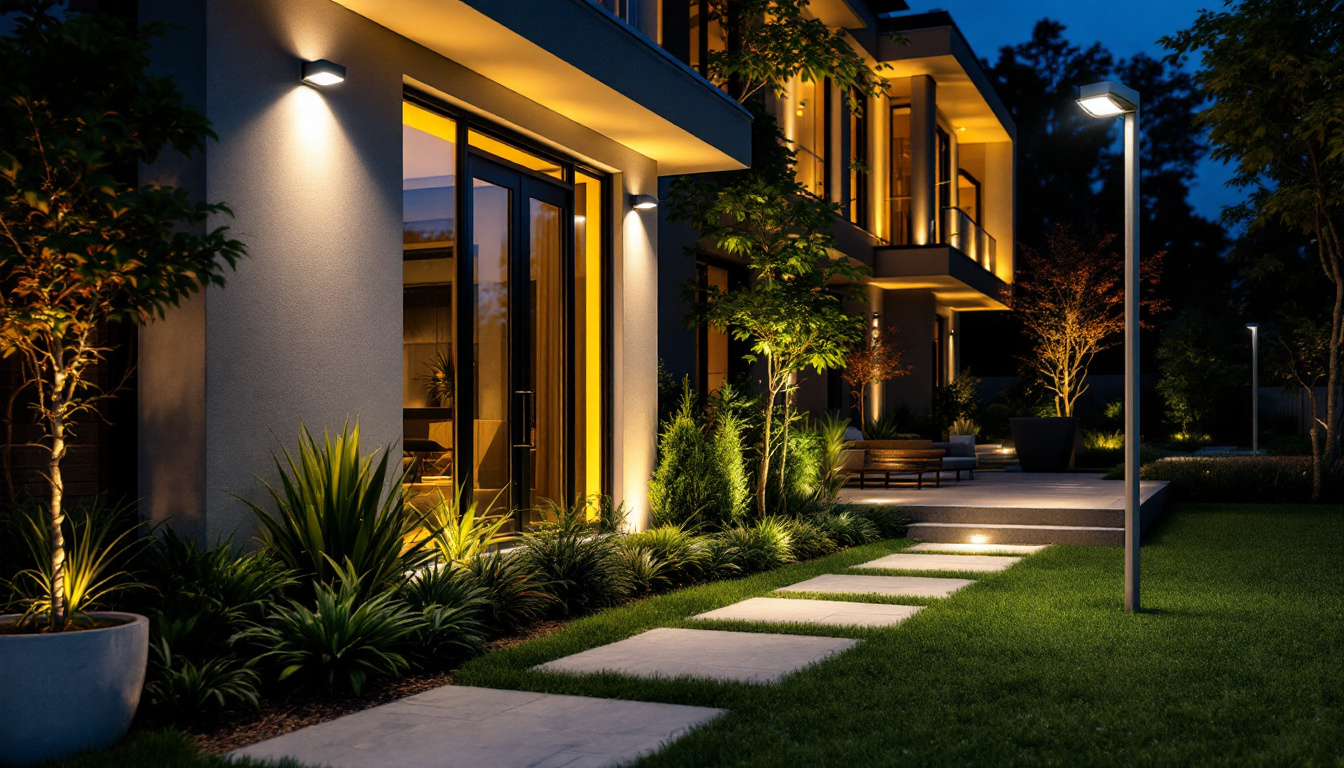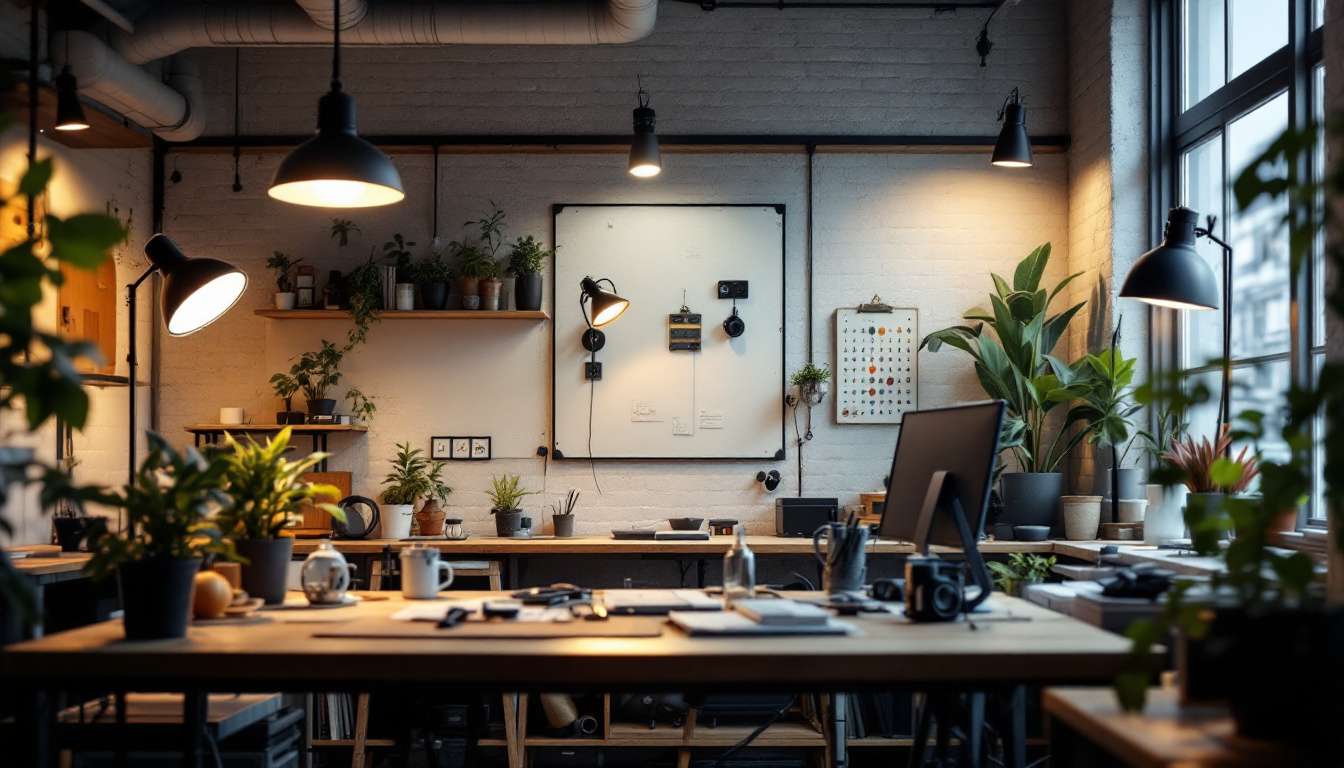
LED adhesive strip lighting has revolutionized the way lighting contractors approach both residential and commercial projects. With their versatility, ease of installation, and energy efficiency, these strips have become a popular choice for various applications. This article aims to provide expert advice tailored specifically for lighting contractors, covering essential aspects from selection to installation and maintenance.
Before delving into the practicalities of installation and application, it is crucial to understand what LED adhesive strip lighting is. These strips are flexible circuit boards that are embedded with light-emitting diodes (LEDs) and backed with an adhesive layer. They can be cut to length and adhered to various surfaces, making them an ideal solution for custom lighting needs. The versatility of these strips allows them to be used in a myriad of settings, from accent lighting in homes to functional lighting in commercial spaces, thus catering to a diverse range of aesthetic and practical requirements.
Moreover, the energy efficiency of LED technology is a significant advantage. Unlike traditional incandescent bulbs, LED strips consume significantly less power, which not only reduces electricity bills but also contributes to a lower carbon footprint. This eco-friendly aspect has made LED lighting a preferred choice for environmentally conscious consumers and businesses alike, further driving the popularity of LED adhesive strip lighting.
LED strip lights come in various types, each designed for specific applications. The most common types include:
Understanding these variations is essential for contractors to recommend the right type of strip lighting based on client needs and project specifications. Additionally, some LED strips come with built-in controllers or can be integrated with smart home systems, allowing users to adjust brightness, color, and even set schedules for their lighting. This level of customization not only enhances the user experience but also provides greater control over energy consumption.
When selecting LED adhesive strip lighting, several features should be taken into account:
Moreover, the flexibility of LED strips allows for creative installations, such as wrapping them around furniture or integrating them into architectural features. This adaptability can transform ordinary spaces into visually stunning environments. Additionally, many LED strips are available in various densities, which can affect the overall brightness and uniformity of light output, making it essential to choose a density that aligns with the desired effect.
Installing LED adhesive strip lighting can be straightforward, but attention to detail is essential to achieve optimal results. Here are some practical tips for contractors:
Before installation, ensure that the surface where the strips will be applied is clean, dry, and free from dust or grease. A well-prepared surface will enhance the adhesive’s effectiveness and prolong the lifespan of the lighting. Consider using isopropyl alcohol for cleaning, as it evaporates quickly and leaves no residue. Additionally, if you’re installing the strips in a high-humidity area, such as a bathroom, it may be beneficial to use a primer or adhesive enhancer specifically designed for such environments. This extra step will help the strips adhere better and resist moisture-related issues over time.
LED strips can be cut to fit specific lengths. Most strips have designated cut points, usually marked by a line or scissor icon. Use a sharp pair of scissors to ensure a clean cut. When connecting multiple strips, be cautious about polarity; incorrect connections can lead to malfunction. It’s also advisable to use connectors instead of soldering, as this can simplify the installation process and make future adjustments easier. If you choose to solder, ensure that you have the right tools and skills, as improper soldering can lead to poor electrical connections and potential safety hazards.
Choosing the right power supply is crucial for the performance of LED strips. Ensure that the power supply matches the voltage of the strips (commonly 12V or 24V) and can handle the total wattage required for the installation. This prevents overheating and ensures a stable power source. Additionally, consider the location of the power supply; it should be easily accessible for maintenance but also out of sight to maintain a clean aesthetic. Utilizing a dimmable power supply can provide flexibility in lighting levels, allowing for mood adjustments and energy savings. Furthermore, always check for compatibility with smart home systems if the installation is intended to be part of a larger automated setup.
LED adhesive strip lighting is versatile and can be used in various applications. Understanding these applications helps contractors offer tailored solutions to clients.
In residential settings, LED strips can enhance aesthetics and functionality. Common applications include:
Additionally, LED strips can be creatively employed in bedrooms to provide subtle lighting around headboards or under beds, adding a touch of elegance and comfort. This not only serves a practical purpose but also contributes to a calming ambiance that is perfect for relaxation. Moreover, in children’s rooms, colorful LED strips can be used to create playful designs or themes, making the space more engaging and fun for kids.
In commercial spaces, LED strips can be utilized for both practical and aesthetic purposes:
Furthermore, in event spaces such as convention centers or exhibition halls, LED strips can be employed to outline booths or stages, providing dynamic lighting that can change colors and intensities to match the theme of the event. This flexibility allows businesses to create a memorable experience for attendees. In addition, gyms and fitness centers can utilize LED strips to illuminate workout areas, motivating clients with vibrant colors that energize the atmosphere and encourage activity.
Proper maintenance is essential to ensure the longevity and performance of LED adhesive strip lighting. Here are some best practices:
Conduct regular inspections to check for any signs of wear, damage, or discoloration. Early detection of issues can prevent costly repairs or replacements.
Dust and debris can accumulate on LED strips, affecting their brightness. Use a soft, dry cloth to gently clean the strips. Avoid using harsh chemicals that could damage the adhesive backing.
If LED strips flicker or fail to light up, check the following:
One of the most significant advantages of LED adhesive strip lighting is its energy efficiency. Compared to traditional lighting solutions, LED strips consume significantly less power, which translates to lower energy bills for clients.
LEDs are known for their longevity. A typical LED strip can last up to 50,000 hours, reducing the frequency of replacements. This not only saves money but also minimizes waste, contributing to a more sustainable approach to lighting.
Using LED lighting contributes to a reduced carbon footprint. As a lighting contractor, promoting energy-efficient solutions aligns with the growing demand for environmentally responsible practices in construction and design.
Educating clients about the benefits and applications of LED adhesive strip lighting is essential for successful project outcomes. Clear communication can help manage expectations and ensure satisfaction.
When presenting options to clients, highlight the advantages of LED strips, such as energy savings, versatility, and aesthetic appeal. Providing case studies or examples of previous projects can help illustrate the value of these lighting solutions.
Inform clients about the importance of maintenance and how to care for their LED strips. Providing a simple maintenance guide can empower clients to take an active role in preserving their lighting systems.
LED adhesive strip lighting offers a wealth of opportunities for lighting contractors to enhance their projects. By understanding the various types, installation techniques, applications, and maintenance practices, contractors can provide exceptional service and solutions to their clients. As the demand for energy-efficient and versatile lighting continues to grow, embracing LED strip technology will not only benefit contractors but also contribute to a more sustainable future in the lighting industry.
Incorporating these insights and expert advice into practices will ensure that lighting contractors remain at the forefront of the industry, equipped to meet the evolving needs of their clients and the market.
Ready to elevate your lighting projects with the efficiency and versatility of LED adhesive strip lighting? At LumenWholesale, we provide lighting contractors with the highest quality, spec-grade lighting products at prices that can’t be beaten. Say goodbye to local distributor markups and hello to our extensive selection that meets rigorous industry standards. With free shipping on bulk orders, you can stock up on premium lighting solutions and enjoy the best value without any hidden fees. Make your next project shine by choosing LumenWholesale, where quality, affordability, and convenience come together seamlessly. Discover our unbeatable wholesale deals and enhance your lighting expertise today by visiting Wholesale Lighting at the Best Value.

Discover how decorative fluorescent light fixtures simplify installation for lighting contractors, boost efficiency by 30%, and enhance aesthetic appeal—learn more now!.

Discover how LED floodlights can transform your outdoor spaces with innovative lighting designs.

Discover how LED 8 shop lights are revolutionizing the lighting industry with their energy efficiency, longevity, and versatility.

Discover everything lighting contractors need to know about outside light poles in this comprehensive guide.